face_with_colon_three This device can save cities from lack of fresh water.
Discover Watergen’s patented atmospheric drinking water (AWG) technology that creates high quality drinking water from air for people everywhere.

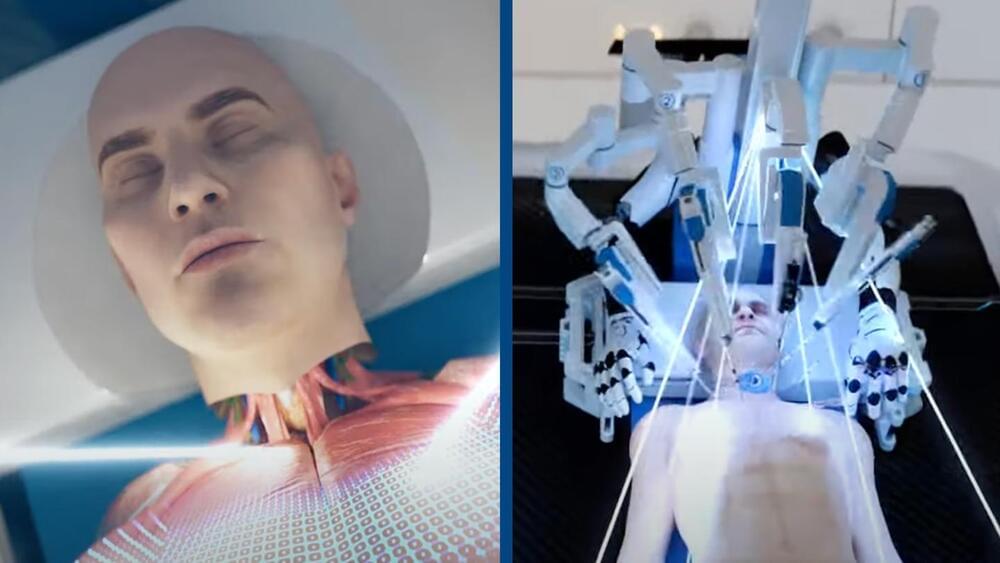
Link :
Medical technology has come a long way, with a whole heap of procedures becoming possible in ways that wouldn’t have been dreamed of by doctors a generation or two ago.
Still, there are always new ideas coming to the forefront, as demonstrated by the concept of BrainBridge, a fake start-up designed to look like it could complete a full human head transplant sooner than you might think.
The fake company, created by a filmmaker, recently started to publicize the design of its ‘head transplant system’, saying it aimed to be operating on patients in the next eight years.

New technology is shaping the toy industry by making manufacturing more efficient and the toy playing experience more immersive.
Modern smart toys, designed to provide a more immersive experience, often feature artificial intelligence (AI), Bluetooth connectivity, and sensors. These could include toys such as educational tablets that adapt to a child’s learning pace or robotic animals that can respond to voice commands.
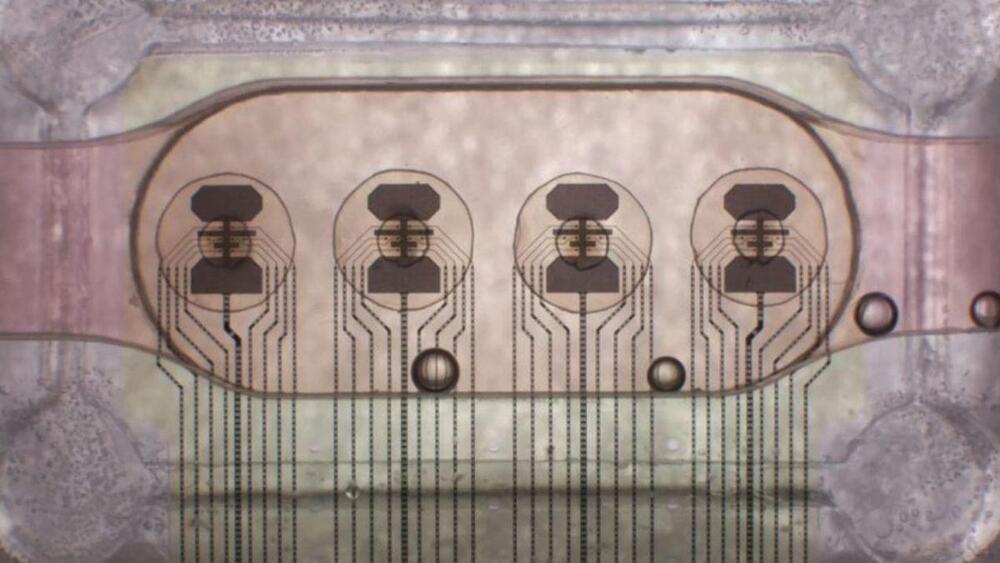
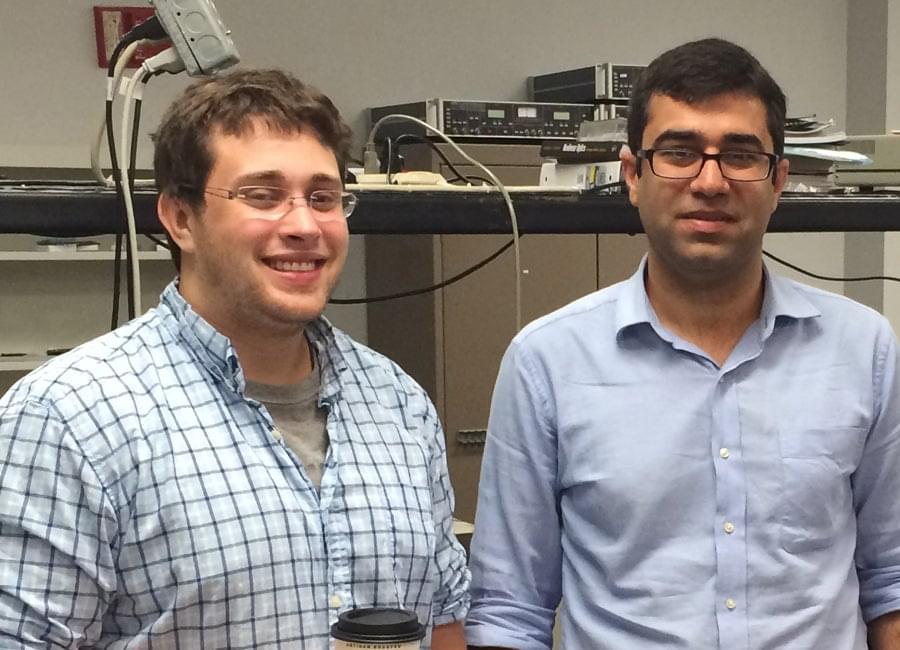
This laser can simply control the weather to induce rain restoring regions back to their original states. It could also prevent weather aswell too. This could be used in cities to control the weather.
The adage “Everyone complains about the weather but nobody does anything about it,” may one day be obsolete if researchers at the University of Central Florida’s College of Optics & Photonics and the University of Arizona further develop a new technique to aim a high-energy laser beam into clouds to make it rain or trigger lightning.
The solution? Surround the beam with a second beam to act as an energy reservoir, sustaining the central beam to greater distances than previously possible. The secondary “dress” beam refuels and helps prevent the dissipation of the high-intensity primary beam, which on its own would break down quickly. A report on the project, “Externally refueled optical filaments,” was recently published in Nature Photonics.
Water condensation and lightning activity in clouds are linked to large amounts of static charged particles. Stimulating those particles with the right kind of laser holds the key to possibly one day summoning a shower when and where it is needed.
2023.
Drones combining the bodies of taxidermy pheasants and pigeons, with flapping wing mechanisms closely mimic living birds.
Researchers at New Mexico Tech have designed these lifelike drones to hover and glide but further development is required to implement a broader range of avian motions. These flapping-wing drones could help study flocks of birds or enable military spy mission.
–
Learn more ➤ https://www.newscientist.com/article/.…

First written: Dec 14, 2018, Last update: Jan 2, 2019.
How can we think about the relationship between the conscious and the physical? In this essay, I wish to propose a way of thinking about it that might be fruitful and surprisingly intuitive, namely to think of consciousness as waves.
The idea is quite simple: one kind of conscious experience corresponds to, or rather conforms to description in terms of, one kind of wave. And by combining different kinds of waves, we can obtain an experience with many different properties in one.
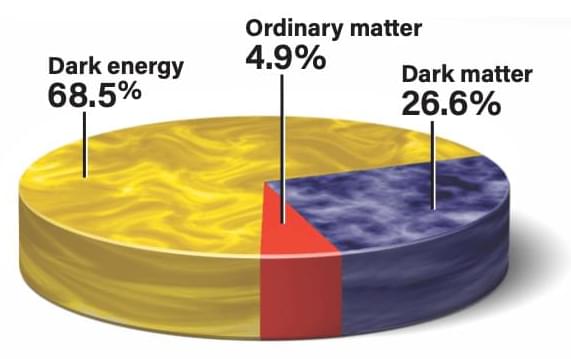
Are dark matter and dark energy stable and constant? Since we don’t understand their true physical nature, we can’t be sure. But astronomers can see if they vary depending on which direction in space they look. This is a test of whether the universe is lopsided or the same everywhere (the physics term for this is isotropic). It turns out that the amount of dark matter surrounding galaxies is the same in every direction, and the strength of dark energy is also the same in every direction.
To see whether the influence of dark matter and dark energy has changed over cosmic time, astronomers look deep into space. Distant light is old light, so telescopes act as time machines, probing billions of years into the past. By measuring the redshift and brightness of distant objects, astronomers map out the expansion history of the universe. Dark matter dominated for most of that history since the Big Bang. That’s because when the universe was smaller, the gravity exerted by dark matter was stronger, while the force exerted by dark energy has stayed the same. Now is the only time in the entire history of the universe when the two entities’ influences are about equal. In the future, the effects of dark energy will increasingly dominate, and the universe will accelerate forever.
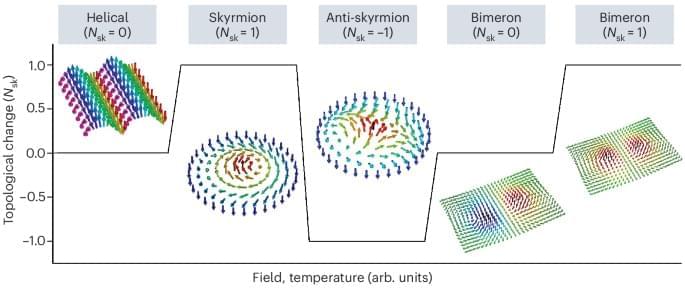
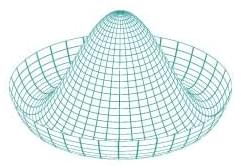
If black holes are just regions of spacetime, where the slope of spacetime is infinite at it’s center, how can black holes even move? When matter moves through spacetime, it bends the spacetime around it, but if black holes are just regions of spacetime, how can a region in spacetime bend other regions of spacetime? And another question arises. If black holes are just regions in spacetime, how can it bend the spacetime around it, so it can remain a black hole, if there is no matter to continuously bend it?